预约演示
更新于:2025-03-06

Université de Bretagne Occidentale
更新于:2025-03-06
概览
关联
100 项与 Université de Bretagne Occidentale 相关的临床结果
登录后查看更多信息
0 项与 Université de Bretagne Occidentale 相关的专利(医药)
登录后查看更多信息
3,782
项与 Université de Bretagne Occidentale 相关的文献(医药)2025-04-01·Clinical Genitourinary Cancer
Incidence of Significant Prostate Cancer in the Follow-Up of Patients With Suspicious Lesion on MRI and Negative Targeted and systematic Biopsies
Article
作者: Fournier, Georges ; Siebert, Claire ; Joulin, Vincent ; Zambon, Audrey ; Tissot, Valentin ; Fourcade, Alexandre ; Valeri, Antoine ; Saout, Kevin ; Deruelle, Charles ; Doucet, Laurent ; Nguyen, Truong-An
INTRODUCTION:
Currently, there are no established guidelines for follow-up (FU) after negative prostate biopsies (PBx) despite the presence of a target on MRI. We aimed to evaluate the risk of clinically significant prostate cancer (csPCa) within 2 years (2y) and at final FU in such cases.
PATIENTS AND METHODS:
We analyzed 105 patients with negative systematic and targeted PBx despite positive mpMRI (PI-RADS ≥ 3) (median FU: 66.5 months [IQR: 40-83]). All patients underwent FU with serial PSA measurements, digital rectal examinations and, when indicated, FU-MRI and/or FU-PBx. Outcomes assessed csPCa occurrence (GGG /ISUP ≥ 2) at 2y and at final FU, and predictive factors for csPCa.
RESULTS:
At 2y, the csPCa detection rate (Det-R) was 7.6%, increasing to 15.2% at final FU. No significant differences were observed at 2y based on baseline PI-RADS status. The mean initial PSAD was significantly higher in patients with csPCa at 2y versus without: 0.20 ng/mL² (SD: 0.11) versus 0.13 ng/mL² (SD: 0.12) (P = .008). Patients with baseline PSAD > 0.15 had a significantly higher 2y csPCa Det-R versus with PSAD < 0.15: 18.2% (4/22) versus 3.7% (3/81) (P = .036). The combination of PSAD < 0.15 and PI-RADS 3 at baseline was associated with a very low 2y csPCa Det-R (3%, 1/34), compared to PSAD > 0.15 and PI-RADS ≥ 4 (23%, 3/13). At final follow-up: 53% of patients with csPCa had an increasing PSAD (vs. 14% without, P = .003). A total of 41% (43/105) of patients underwent FU-MRI. Patients with csPCa were significantly more likely to have upgraded MRI findings (56% vs. 2.2%, P < .001).
CONCLUSION:
Following negative PBx despite a positive mpMRI, the risk of csPCa was low. However, careful monitoring is essential, particularly in cases of PSAD > 0.15, and/or PI-RADS ≥ 4 at baseline. FU-PSAD and FU-MRI emerged as the most significant predictive factors, aiding to stratify the need for FU-PBx.
2025-03-24·JOURNAL OF SEX RESEARCH
Chemsex Among Men Having Sex with Men: A Scoping Review on Management, Support, and Harm Reduction Strategies
Review
作者: Verdeau, Romain ; Guillou-Landreat, Morgane ; Therene-Mouden, Catherine ; Lever, Delphine ; Barais, Marie ; Lemain, Loic
Chemsex defines the practice of sexual activity under the influence of psychoactive substances, mainly by Men who have Sex with Men (MSM). This activity can be associated with negative health consequences, yet there are no recommendations to guide management of individuals who engage in chemsex. The aim of this scoping review was to identify and describe the existing treatments (pharmacological or not) and risk/harm reduction strategies for MSM who engage in chemsex. This scoping review was performed using PubMed and Embase databases and according to the PRISMA Extension for Scoping Review criteria. Overall, 19 studies were included in the review. Among these studies, four main themes were identified: management and harm reduction strategies, key actors involved in managing MSM who engage in chemsex, perceived barriers to care and the role of pre-exposure prophylaxis, and medical information sought by MSM who engage in chemsex. This scoping review concludes with the need to develop multidisciplinary approaches to improve communication about chemsex, and to design interventional studies that target MSM who engage in chemsex.
2025-03-01·MARINE POLLUTION BULLETIN
Sulfides as environmental stressors in Paracas Bay, Peru
Article
作者: Jean, Fred ; Diaz, Kevin ; Cuellar-Martinez, Tomasa ; Graco, Michelle ; Carhuapoma, Wilson ; Tam, Jorge ; Point, David ; Colas, François ; Aguirre-Velarde, Arturo ; Rioual, Fanny ; Flye-Sainte-Marie, Jonathan
Paracas Bay, located in the Humboldt Current system, is a highly variable coastal environment where hypoxia (dissolved oxygen concentrations <2 mg L-1) has been reported as a persistent feature of bottom conditions. In addition to hypoxia, milky water events have been reported in the bay, most likely associated with the presence of sulfides (i.e. sulfidic events), including toxic hydrogen sulfide (H2S). This study is the first report of sulfide concentrations in the water column of Paracas Bay, with concentrations up to 6.79 μmol L-1 measured in the bottom water layer using Diffusive Gradient in Thin film (DGT) passive samplers. Sulfides showed a marked seasonal pattern, while ENSO phases did not seem to affect their occurrence. The presence of sulfides in the water column is closely linked to hypoxic conditions. Indeed, the analysis of the relationship between the duration of severe bottom hypoxia (dissolved oxygen ≤0.15 mg L-1) and sulfides concentrations revealed a threshold of 18 h for sulfides accumulation in the overlying waters. Also, a gradient in sulfides concentration was observed from the sediment to the upper water layer. This gradient coupled with the variability of environmental variables (temperature, dissolved oxygen and currents velocity) highlights the complexity of this system, and suggests that a combination of advective and local physical and biogeochemical processes are responsible for the sulfidic events to occur in Paracas Bay. This study provides a baseline for assessing the potential toxicity of sulfides to cultured Peruvian scallops in upwelling bays.
100 项与 Université de Bretagne Occidentale 相关的药物交易
登录后查看更多信息
100 项与 Université de Bretagne Occidentale 相关的转化医学
登录后查看更多信息
组织架构
使用我们的机构树数据加速您的研究。
登录
或

管线布局
2025年04月18日管线快照
无数据报导
登录后保持更新
药物交易
使用我们的药物交易数据加速您的研究。
登录
或
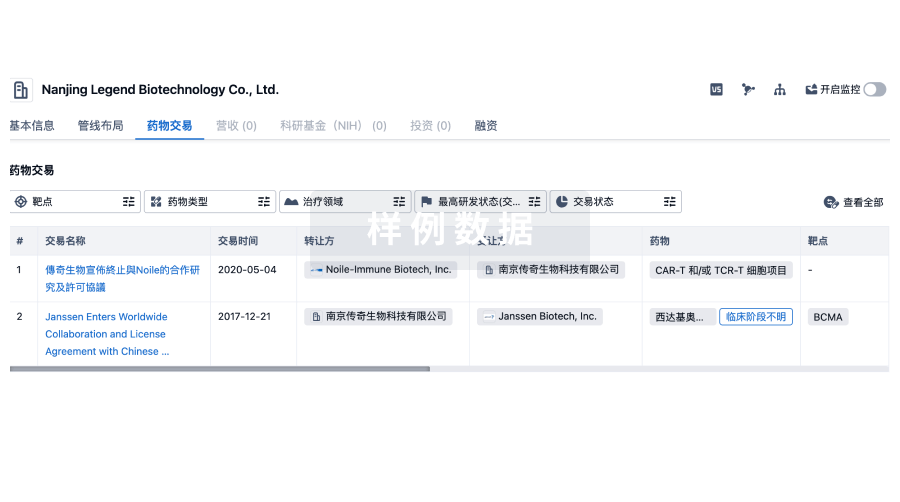
转化医学
使用我们的转化医学数据加速您的研究。
登录
或
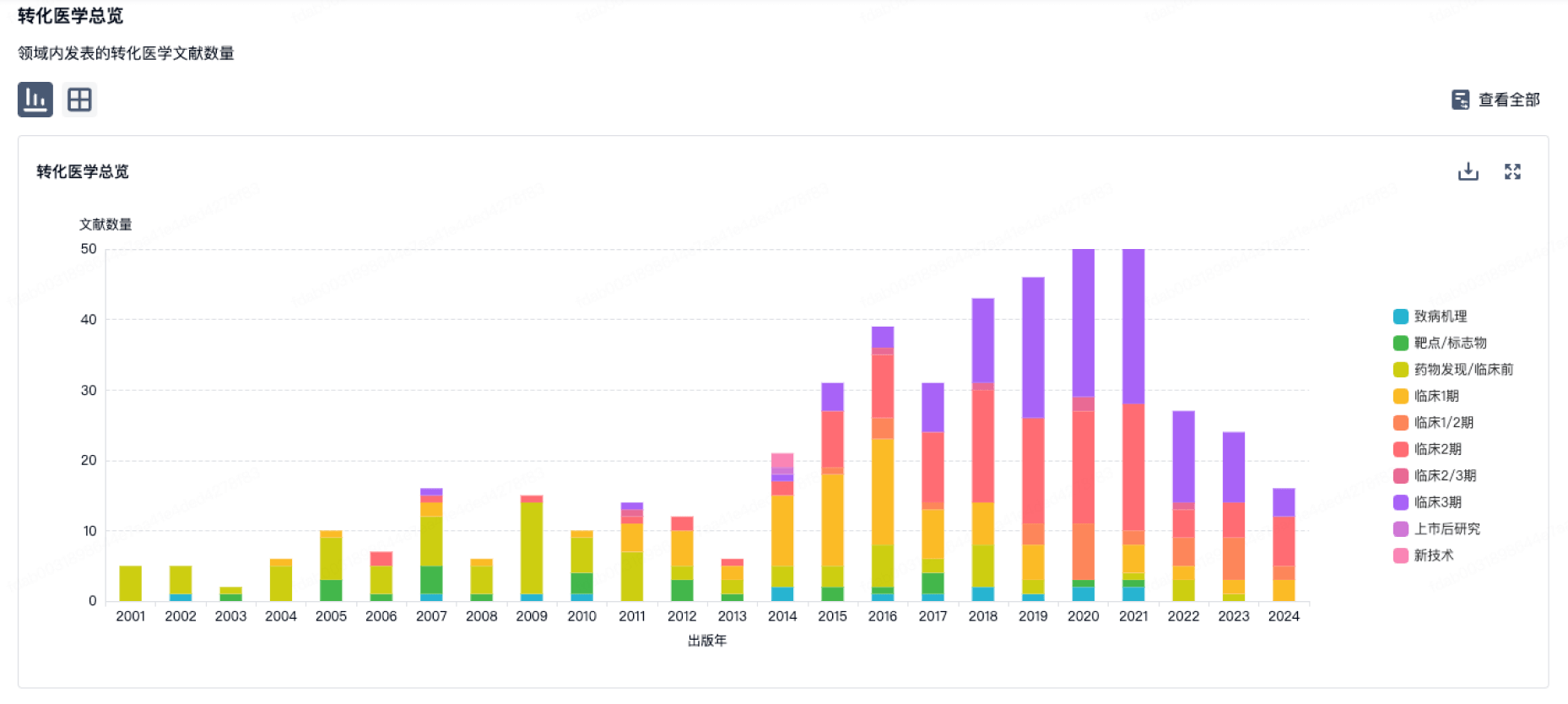
营收
使用 Synapse 探索超过 36 万个组织的财务状况。
登录
或
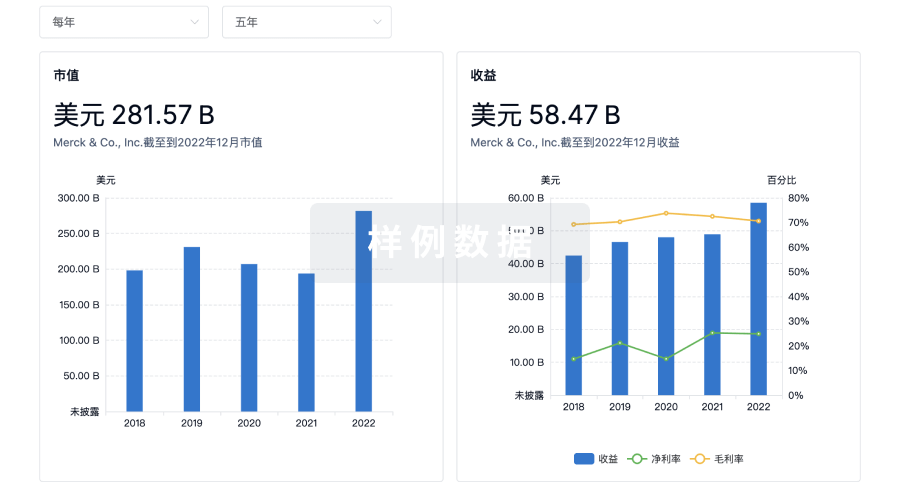
科研基金(NIH)
访问超过 200 万项资助和基金信息,以提升您的研究之旅。
登录
或
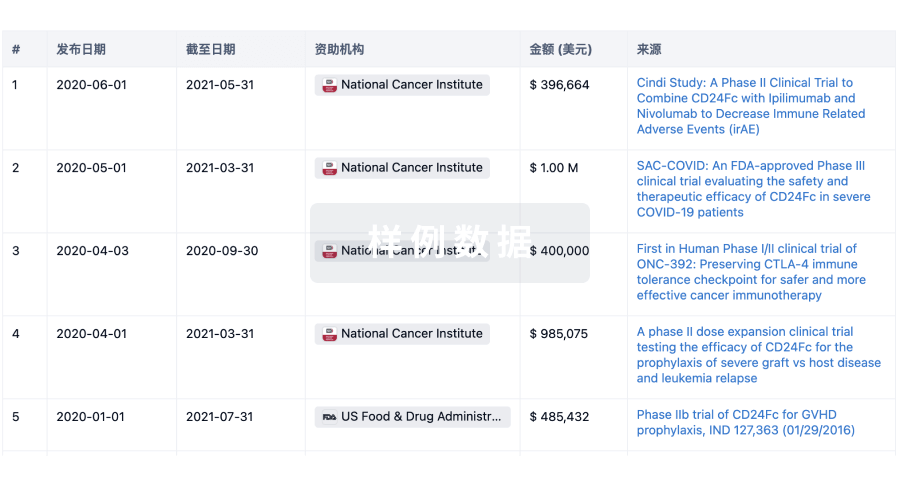
投资
深入了解从初创企业到成熟企业的最新公司投资动态。
登录
或
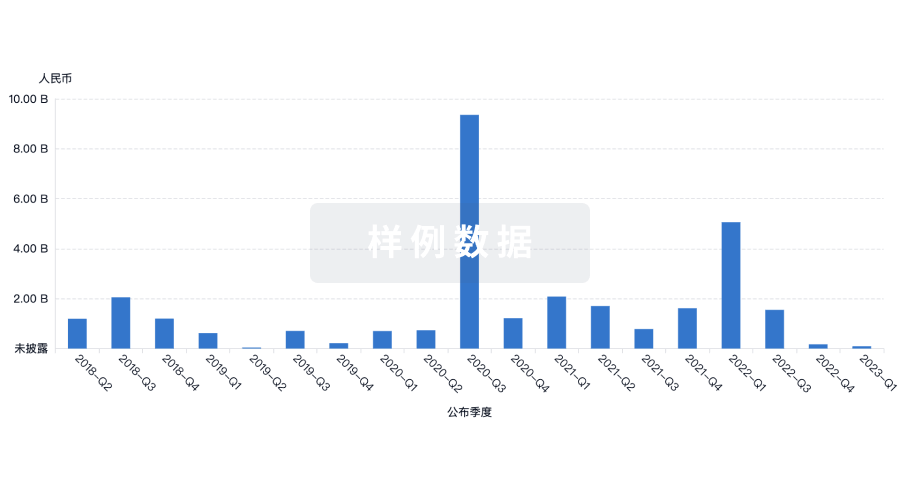
融资
发掘融资趋势以验证和推进您的投资机会。
登录
或
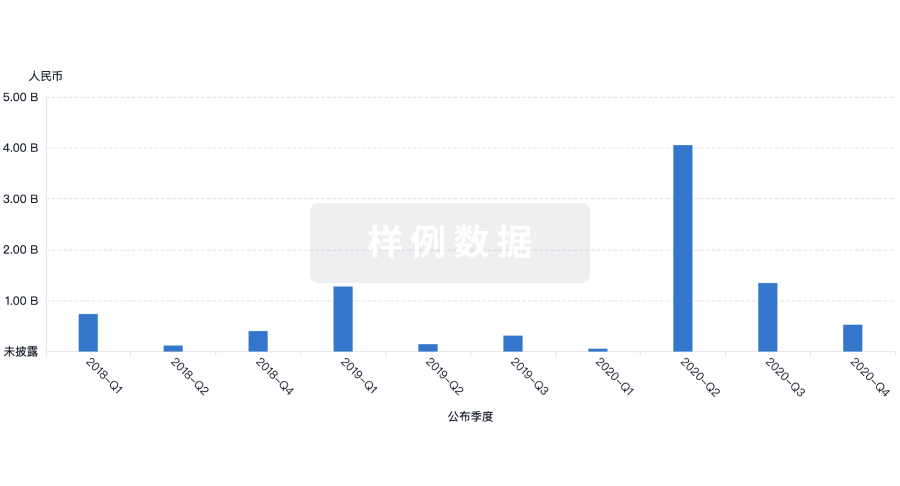
来和芽仔聊天吧
立即开始免费试用!
智慧芽新药情报库是智慧芽专为生命科学人士构建的基于AI的创新药情报平台,助您全方位提升您的研发与决策效率。
立即开始数据试用!
智慧芽新药库数据也通过智慧芽数据服务平台,以API或者数据包形式对外开放,助您更加充分利用智慧芽新药情报信息。
生物序列数据库
生物药研发创新
免费使用
化学结构数据库
小分子化药研发创新
免费使用